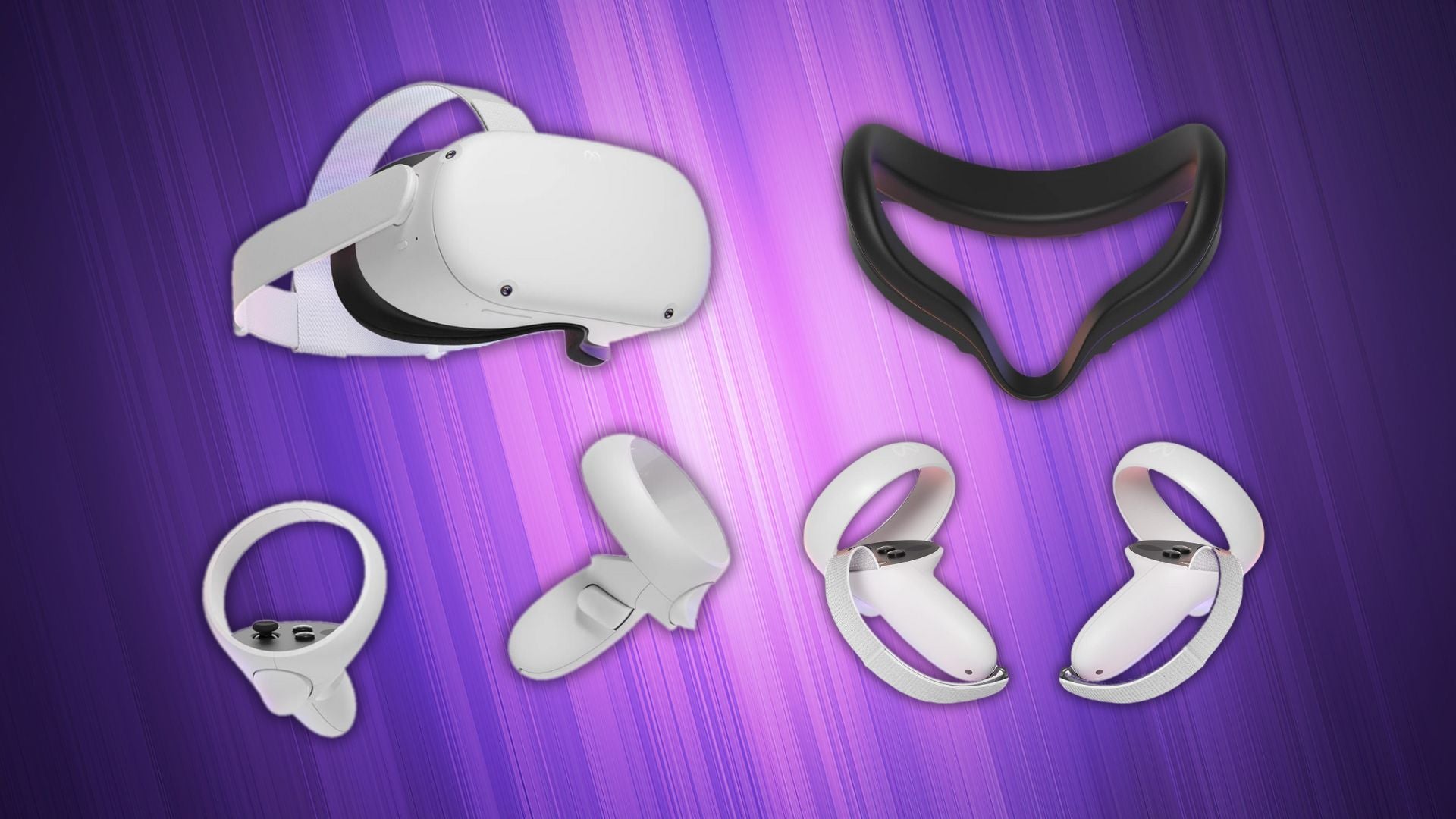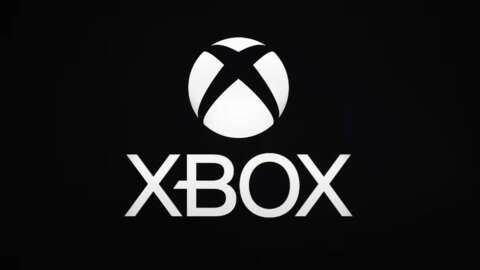A lot has changed in the nearly two years since the Steam Deck launched. Literally hundreds of software updates, an ever-expanding catalog of Deck-verified games, and a bevy of useful accessories have helped Valve’s handheld, Linux-powered PC solidify itself as more than just a flash in the pan. Now we can add hardware revisions to that list, too – and in the 2023 OLED version, which replaces the LCD original without increasing the price, Valve has addressed virtually every criticism leveled in our 2022 review with surgical precision.
The new Steam Deck OLED is an upgrade across the board, but let’s make one thing clear right off the bat: This is not “Steam Deck 2.” Valve has been very clear that, while it does plan to make a second-generation Steam Deck at some point in the future, that device won’t see the light of day until there have been enough advancements in mobile processing power to produce a true “generational upgrade.” As such, you can expect the Steam Deck OLED to have the exact same gaming performance as the original. That may not be much of an exciting selling point for gamers, but it means that developers don’t need to worry about a moving performance target when optimizing their games.
Same Steam, New Screen
The Steam Deck OLED doesn’t fundamentally change the experience of playing games, but it makes that experience better in a number of significant ways. The clearest and most obvious is the new OLED screen which, though still displaying 1200x800 resolution, is bright and vibrant and makes games look even better than before. It’s actually slightly larger, measuring 7.4 inches diagonally, up from a flat 7. It’s HDR certified, capable of 1000 nits of peak brightness with wide color gamut (110% of the DCI-P3 color spectrum), and has a refresh rate of 90Hz, up from 60Hz on the original.
Side by side, the difference is clearly noticeable. The neon streets of Cyberpunk 2077 glow brighter and more vibrantly, while shadowy areas are bathed in inky blacks. Even in SDR content, where the screen maxes at 600 nits brightness, the clarity of OLED simply looks excellent. You can’t really see the difference on this video unless you’re watching on an OLED screen, but anyone who's made the jump from Switch to Switch OLED can attest to the improved visual experience.

When you’re holding it in your hand, everything about the new Deck is physically the same, save for a neat little orange accent on the power button, and the thumbsticks are all-black now, instead of the gray accents on the LCD model. Despite the similar dimensions, you might notice it’s 30g lighter. That’s only about 5% difference, but it’s not insignificant in something you’re holding for a long period of time. It’s still a fairly chunky handheld that’s nonetheless comfortable to hold, with excellent ergonomics and a slew of useful control options ranging from its standard gaming inputs to its unique dual touchpads, touch-sensitive screen, and programmable back buttons.
However, the new screen tech has changed a few things on the inside as well. Valve’s engineers told me that the OLED panel they’re using this time around is actually a bit thinner than the original LCD, which means there’s slightly more room for everything else to grow into. Most importantly, there was room for a larger battery: 50 Watt-hours up from 40 on the original. It’s also better about using that power thanks to an updated AMD APU that’s more efficient. Again, it’s not more powerful, so you won’t get better framerates, but it’s able to hit that same level of performance while using less power and running cooler.
All these things, combined with the fact that the OLED screen itself uses less power (despite running at higher brightness and refresh rate), allow Valve to claim the Steam Deck OLED gets 30 to 50% better battery life compared to its predecessor. Here’s the thing though: based on my testing that’s a conservative estimate. Running Cyberpunk 2077 at 50% brightness, the Steam Deck LCD lasted just over an hour and a half from a full charge, while the Steam Deck OLED lasted a full hour longer. That’s a 66% improvement, and a significant difference in the amount of gameplay you can expect before needing to reach for the charger.
Another benefit of using less power is less heat is generated, and along with redesigned thermals and a larger fan, that makes this a noticeably cooler handheld. You can see in our side-by-side thermal testing that the OLED model averages 5 to 10 degrees cooler at hotspots around the vents, and there’s less heat spread across the rest of the device.

There’s also a bunch of other little improvements – the OLED model supports Wi-Fi 6 for two-to-three-times faster downloads, if your router supports it. It also gives Bluetooth a dedicated radio instead of sharing one with Wi-Fi, which means better Bluetooth connectivity overall. Valve says the haptics, trackpads, and touch screen have all been improved as well; I can’t say I noticed much of a difference on the haptics or trackpads, but the touchscreen is definitely slightly more responsive, making it easier to punch small buttons and type using the on-screen keyboard. Taken alone these changes are not much to write home about, but they’re improvements across the board nonetheless, and taken together simply make for an even better experience using the Steam Deck.
I’m not going to spend too much time on gaming performance, because in every test I ran the results matched those of the original Deck within 3fps. In other words, the Steam Deck is still a highly capable handheld PC, especially if you dig in and tweak settings to find the optimal balance of performance and battery life.
What has changed is that there have been a boatload of competitors that’ve come out since the original Steam Deck, and the OLED’s power is slightly less impressive relative to Windows-powered handhelds like the Asus ROG Ally, Lenovo Legion Go, and many from Ayaneo, among others. But the margins there are relatively small, and most of those are significantly more expensive. In my experience, I’ve found the Steam Deck to be far and away more convenient and enjoyable to use than any of those thanks to the smoothness of the SteamOS interface. That is, unless you want to go into Desktop mode and mess around with your files, in which case you’ll need to know how to use Linux.
The one area those Windows handhelds have the upper hand is when playing games that don’t play nice with SteamOS. It’s still a pain if you want to play games that aren’t on Steam, with varying degrees of difficulty. Most from Epic Games Store, GOG, and itch.io are possible if you’re willing to dive into the Linux desktop, install third-party launchers, and jump through other compatibility hoops, but it’s definitely more of a hassle than the out-of-the-box ease that Windows brings. Even then, there are still some notable omissions – games that use Easy Anti-Cheat, like Fortnite and Call of Duty Warzone, remain unplayable on SteamOS. And even though Destiny 2 is on Steam, Bungie will ban you if you try to bypass the SteamOS/Proton incompatibility.
Sure, all those compatibility problems go away if you install Windows on your Steam Deck, which is entirely possible but brings its own set of headaches. Valve’s firmware updates have fixed some but not all of the problems we called out when we first reviewed the Steam Deck, so I still can’t recommend sacrificing the quality-of-life user experience of SteamOS if you don’t absolutely have to.








